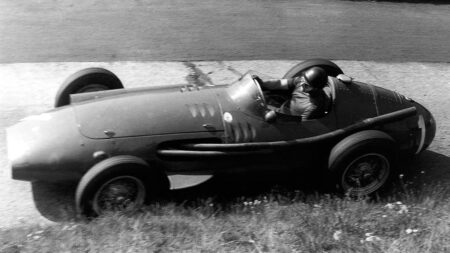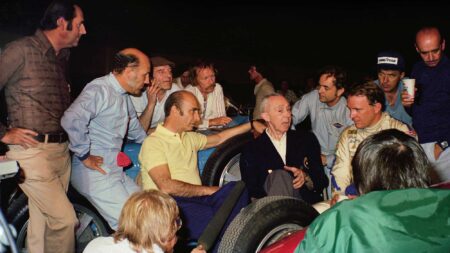Nevertheless, the victory, on a street track in Jakarta, Indonesia, was considered significant on a number of levels. Talented 25-year-old German Maximilian Günther last won a Formula E race in 2021 when he was still racing for BMW. But following a disappointing season at Nissan a move to Monaco-based Maserati MSG (formerly known as the Venturi team) didn’t spring him back to the sharp end this season. In fact, with a powertrain developed by Maserati parent company Stellantis, early-season performances suggested he was in for a tough time – which is a shame, because as he showed at BMW, the kid’s a bit special.
But then his fortunes began to turn around. A podium in Berlin marked a significant upturn, then in Jakarta a pair of pole positions for the double-header confirmed the team had found the key. Günther then converted the second into a convincing victory.
Good for him. Good for the team. And good, it seems, for Maserati – because here’s the other slab of significance: the victory marked the first for the Trident as a ‘works’ entity in a world championship single-seater race since… the 1957 German Grand Prix (although while we’re on spurious historical links let’s doff our figurative cap at this point to Pedro Rodríguez and his victory in the 1967 South African Grand Prix in a Maserati V12-powered Cooper).

Gunther is now in an exclusive bracket which includes Fangio and Moss
Getty Images
So here we have the link to Juan Manuel Fangio. Gulp. Sacrilegious? You might well say so! In the same sentence? Really? You could say there’s something of a chasm between Fangio’s six-cylinder 250F and one of motor racing’s most hallowed performances – at the Nürburgring, for Christ sake! – and the weird looking, whining Gen3 racer that Günther scrabbled around a short and not very memorable street track. And anyway, just how much Maserati is actually in this Maserati anyway?
The victory that will mean the world to Günther and his team. But how can it be compared in any way to… well, this.






